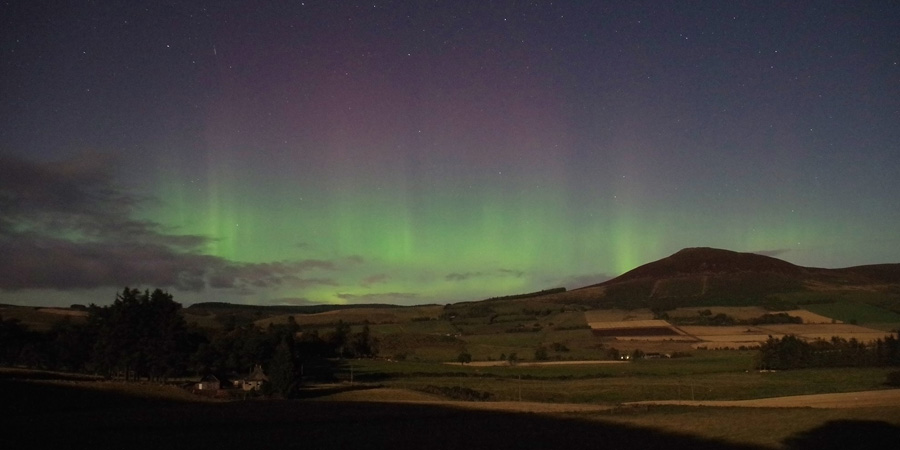Minor G1 geomagnetic storm
Saturday, 22 September 2018 06:57 UTC

Minor G1 geomagnetic storm conditions were observed earlier this night as a dense solar wind structure arrived at our planet. The north-south direction of the interplanetary magnetic field went mostly southward dipping as low as -9nT and that combined with the equinox effect caused us to reach minor G1 geomagnetic storm conditions at 02:45 UTC. Source is likely the southern extension of the polar coronal hole that you can see in this video from NASA/SDO.
The latest reported Kp-value is 4 (active geomagnetic conditions) which should be enough for nice aurora at high latitude locations like Alaska and Canada, perhaps even being visible from Tasmania with a little luck. The solar wind speed remains rather low just shy of 400km/s but the parameters of the interplanetary magnetic field remain favorable for at least persistent active geomagnetic conditions.
Did you got the geomagnetic activity alerts on our app?
Header image: Aurora last evening visible from Aberdeenshire, Scotland by Hayley Keane.
Thank you for reading this article! Did you have any trouble with the technical terms used in this article? Our help section is the place to be where you can find in-depth articles, a FAQ and a list with common abbreviations. Still puzzled? Just post on our forum where we will help you the best we can!
Latest news
Latest forum messages
More topicsSupport SpaceWeatherLive.com!
A lot of people come to SpaceWeatherLive to follow the Sun's activity or if there is aurora to be seen, but with more traffic comes higher server costs. Consider a donation if you enjoy SpaceWeatherLive so we can keep the website online!

Space weather facts
| Last X-flare | 2025/05/14 | X2.7 |
| Last M-flare | 2025/05/14 | M1.2 |
| Last geomagnetic storm | 2025/05/03 | Kp5 (G1) |
| Spotless days | |
|---|---|
| Last spotless day | 2022/06/08 |
| Monthly mean Sunspot Number | |
|---|---|
| April 2025 | 140.6 +6.4 |
| May 2025 | 74.9 -65.7 |
| Last 30 days | 99.8 -31.1 |


